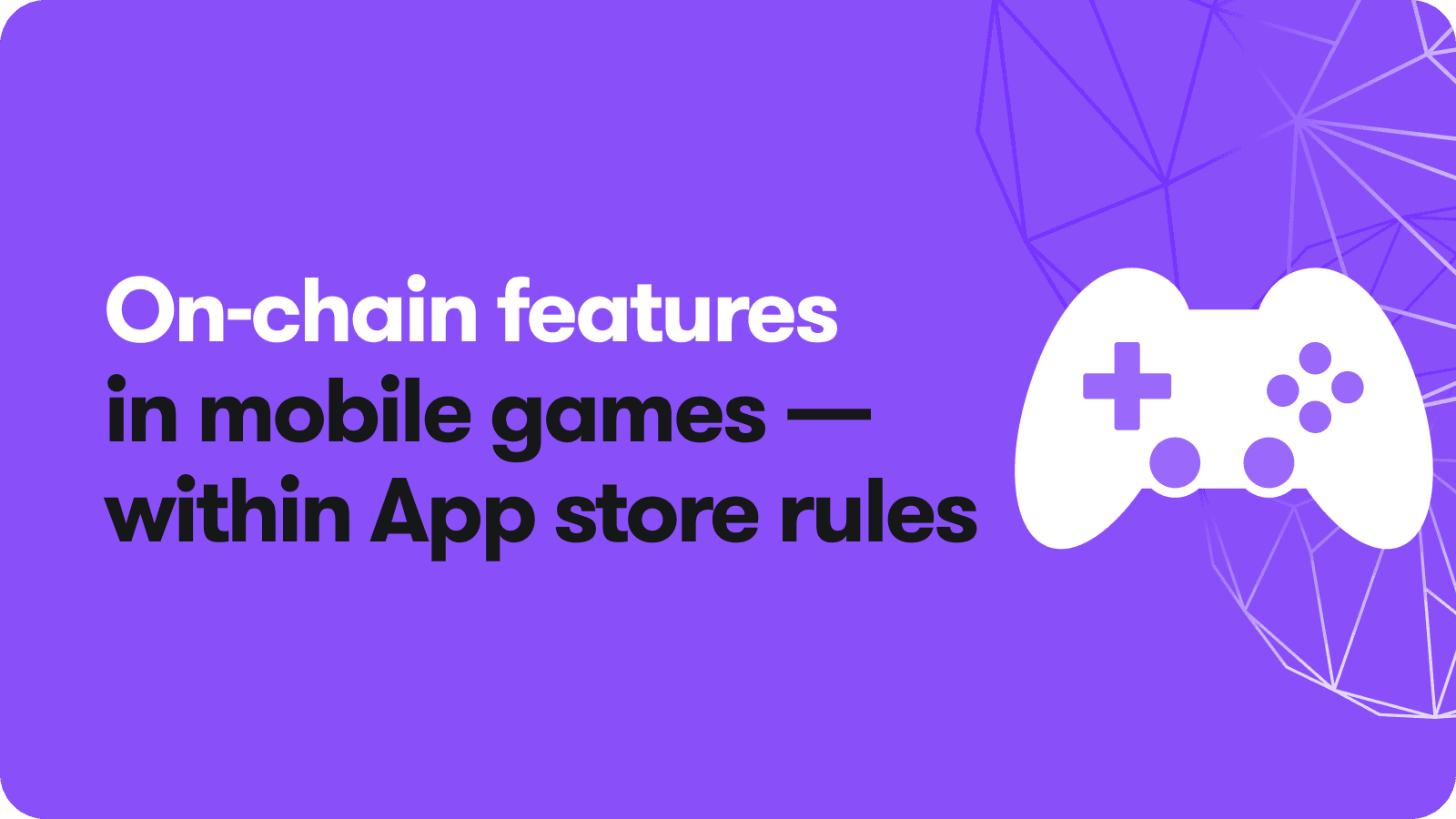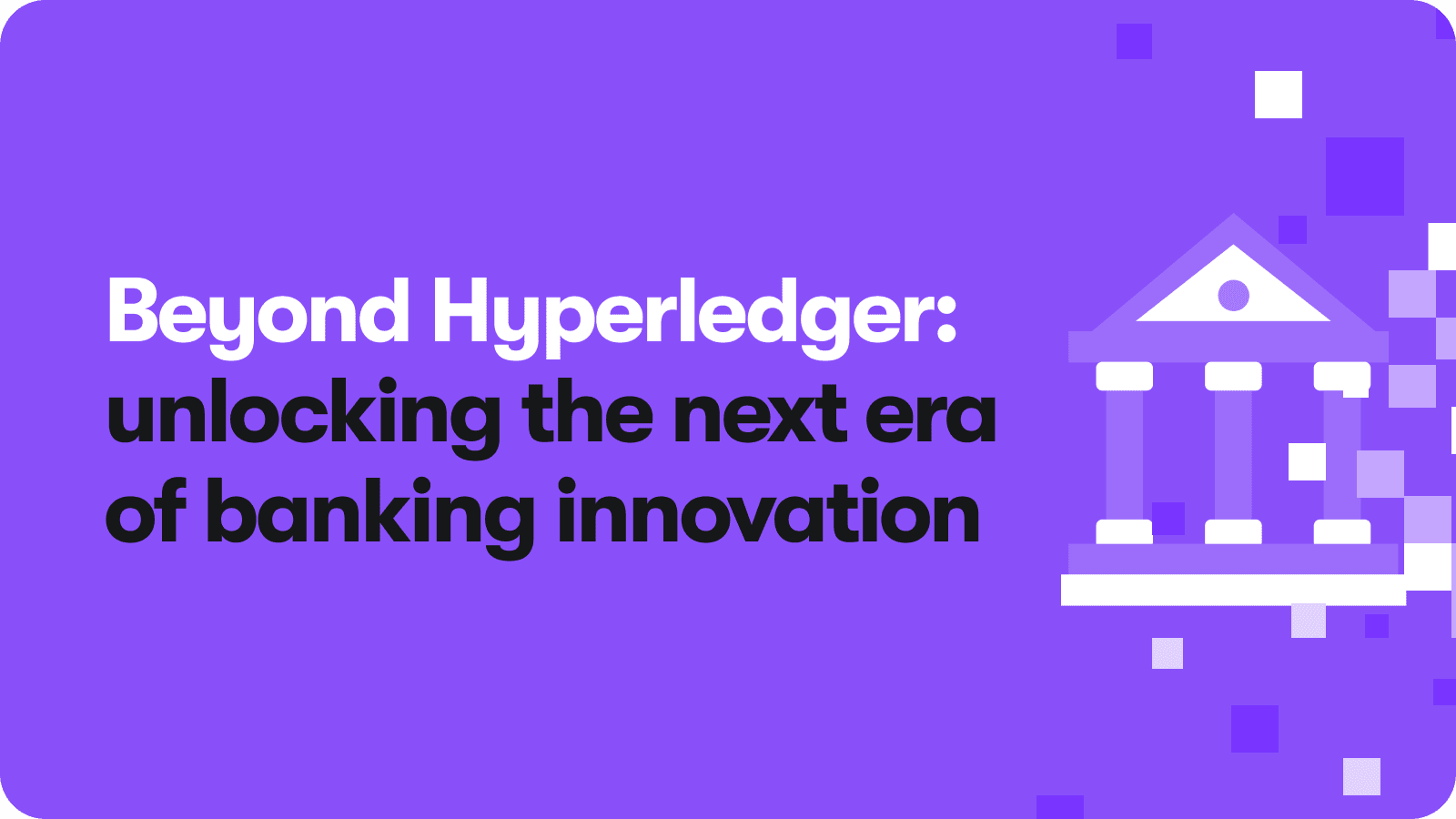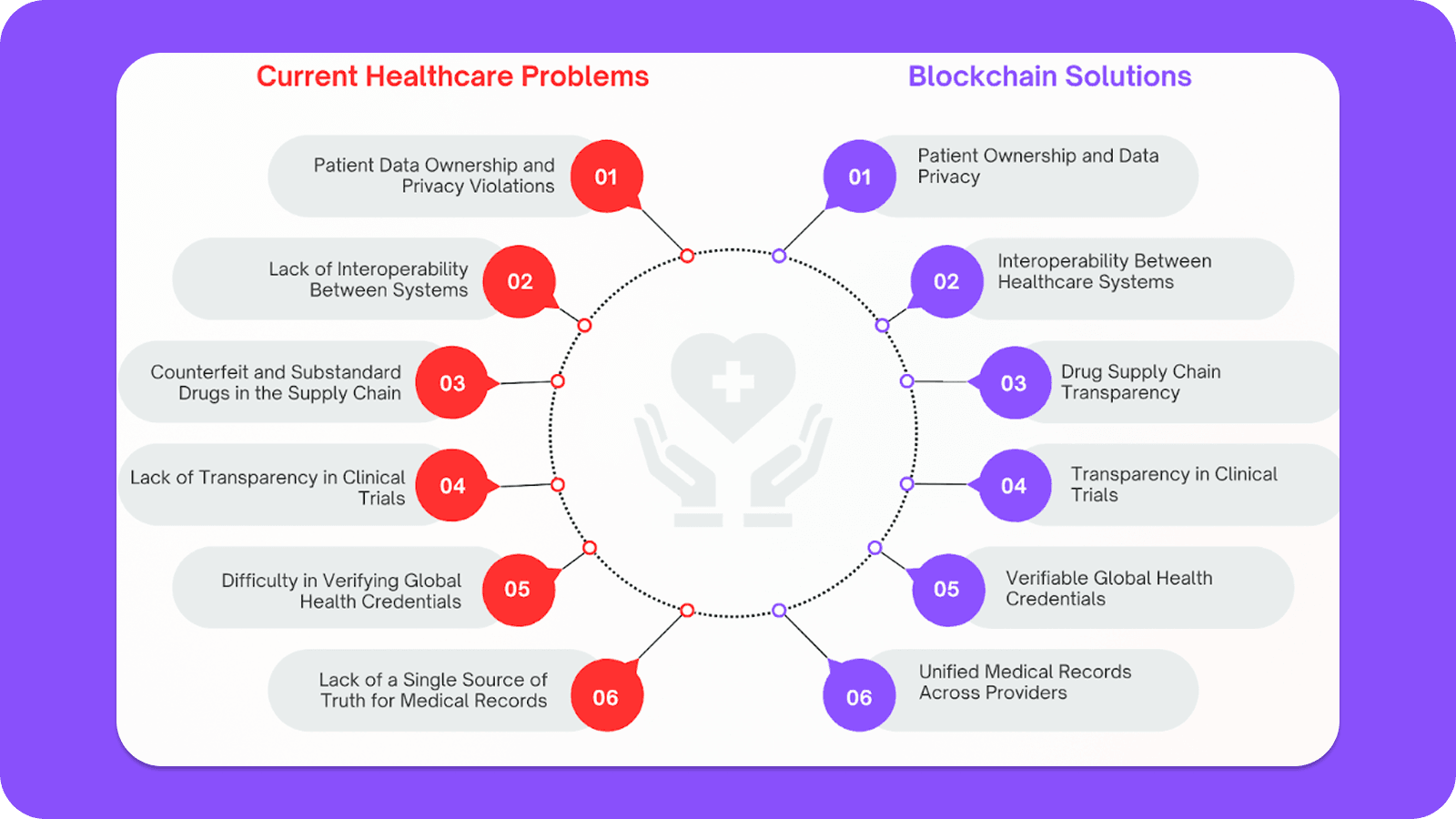
How to Integrate On-Chain Features in Mobile Games Without Breaking App Store Rules
19 August 2025When Bitcoin hit the headlines for the first time in 2017, app distribution platforms were rather skeptical about blockchain-based apps. The ICO bubble burst that followed the next year solidified their skeptical attitude, resulting in a cascade of sanctions against blockchain applications.
Yet, as the market matured over time, both the App Store and Google Play Market have eased their grip on crypto, opening doors to blockchain projects. After the global shift toward a pro-crypto stance following Trump’s reelection in 2025, the market leaders loosened restrictions even further.
However, there are still many tricky and often non-obvious rules that developers have to follow if they want their apps approved and distributed. This article highlights the key aspects of these policies and is useful for anyone planning to integrate blockchain features into their applications.
Understanding App Store Policies for Crypto Projects
First, let’s take a broad look at the rules major app stores have established for crypto projects. While the App Store and Google Play share many similar requirements, each platform also has unique features that developers need to keep in mind.
NFTs and Digital Assets
Both platforms support blockchain-based digital assets and NFTs, allowing their purchases through listed apps.
However, the App Store enables such transactions only if all digital goods sales use Apple’s In-App Purchase (IAP) system. In the case of NFTs, this also means that apps cannot link to external marketplaces or payment methods.
Google Play, in turn, requires developers to clearly disclose the presence of blockchain or NFT features within the app description and UI. NFTs can be integrated as long as purchases are performed through the in-app billing system, while the app cannot link to or encourage the use of external marketplaces.
Crypto Wallet Integration
Both stores allow the integration of crypto wallets for viewing and interacting with blockchain-based assets. However, direct trading or purchases within the apps must use the stores’ native payment systems, as external payment methods are prohibited.
Crypto Mining
The App Store and Google Play are unanimous in this aspect as well, as both platforms prohibit any form of crypto mining on mobile devices due to concerns about energy consumption and potential harm to hardware performance. To prevent excessive battery drain, the stores do not allow apps to use the device’s CPU, GPU, or other resources to mine cryptocurrency.
However, the App Store allows such activities to be performed on external devices. For example, users may engage in mining via cloud-based services or remote servers while using the app for monitoring purposes.
Play-to-Earn
Neither platform explicitly mentions “play-to-earn” games nor sets clear rules for speculative behavior around tokens or NFTs. However, both impose implicit restrictions that prevent developers from promising any earnings through gameplay, including phrasing that glamorizes profit or financial gains within the game.
Best Practices for On-Chain Integration
Although the App Store and Google Play have eased their rules for blockchain, one does not simply integrate it into an app and call it a day. Here are some practical guidelines to follow:
Use Web3 Features Without In-App Monetization
When integrating Web3 features, avoid direct in-app sales of NFTs or tokens. Instead, focus on non-monetary interactions such as connecting crypto wallets, viewing assets, and tracking on-chain achievements.
Users may also be able to earn NFTs or other in-game tokens, but selling or trading these tokens should be done on third-party platforms. The game itself must not facilitate monetization.
Monetize Off-Chain, Sync On-Chain
Sell gaming assets or upgrades through store-approved payment systems, i.e., Apple’s IAP or Google Play Billing. Minting NFTs or token claims must be performed on external websites only.
At the same time, make sure that in-game purchases are synchronized with the blockchain so users can see the items they buy reflected in the gameplay immediately.
Use Blockchain to Track Progress
For competitive games, store verifiable game achievements like tournament outcomes or leaderboards on-chain to ensure transparency and eliminate cheating. Also, offer a non-blockchain fallback so that players without Web3 wallets can still fully enjoy the game.
Monitor Changes in App Store Policies
Regularly review Apple and Google policies to stay informed about any new rules released by the platforms. Adapt as needed, especially when it comes to payments and user data handling, to maintain compliance.
Improve User Experience
Blockchain-related aspects should not become a stumbling block for end-users, especially those unfamiliar with crypto. Choose user-friendly wallet solutions that hide complex blockchain mechanics using simple email or social login options.
In the meantime, educate users during onboarding. Provide a clear explanation of transaction fees, wallet use, and other blockchain-related aspects to reduce confusion and improve retention.
Keep the Blockchain Layer Optional
For wider reach, allow users to play fully without requiring the use of blockchain features. Instead, offer additional perks and rewards to those who opt in and contribute to the adoption of this technology within the app.
Bottom Line
The shift in blockchain-related policies on platforms like Google Play and the App Store marks a major win for developers who’ve long struggled with restrictive, anti-crypto rules.
Still, it’s essential to follow platform-specific and regional compliance requirements to get your app listed and stay live. When done thoughtfully, blockchain can elevate your game without crossing any red lines.
Other blog posts
Want to read more? Discover our other articles below!



